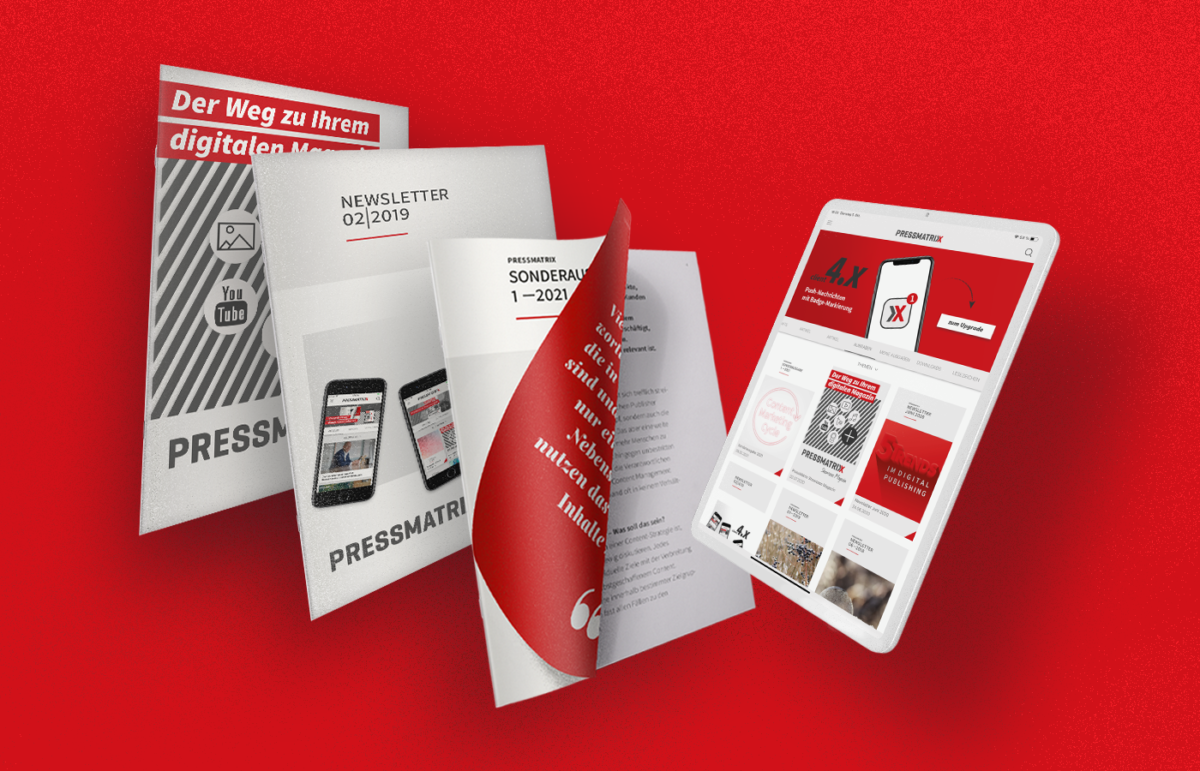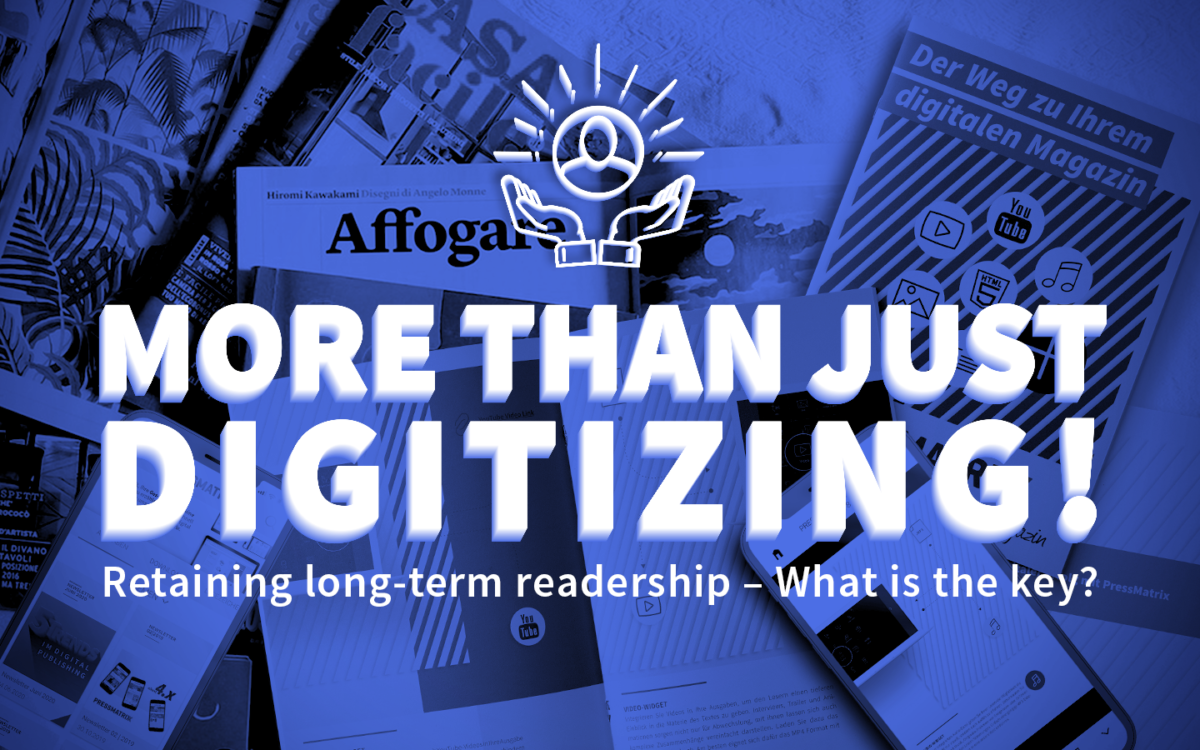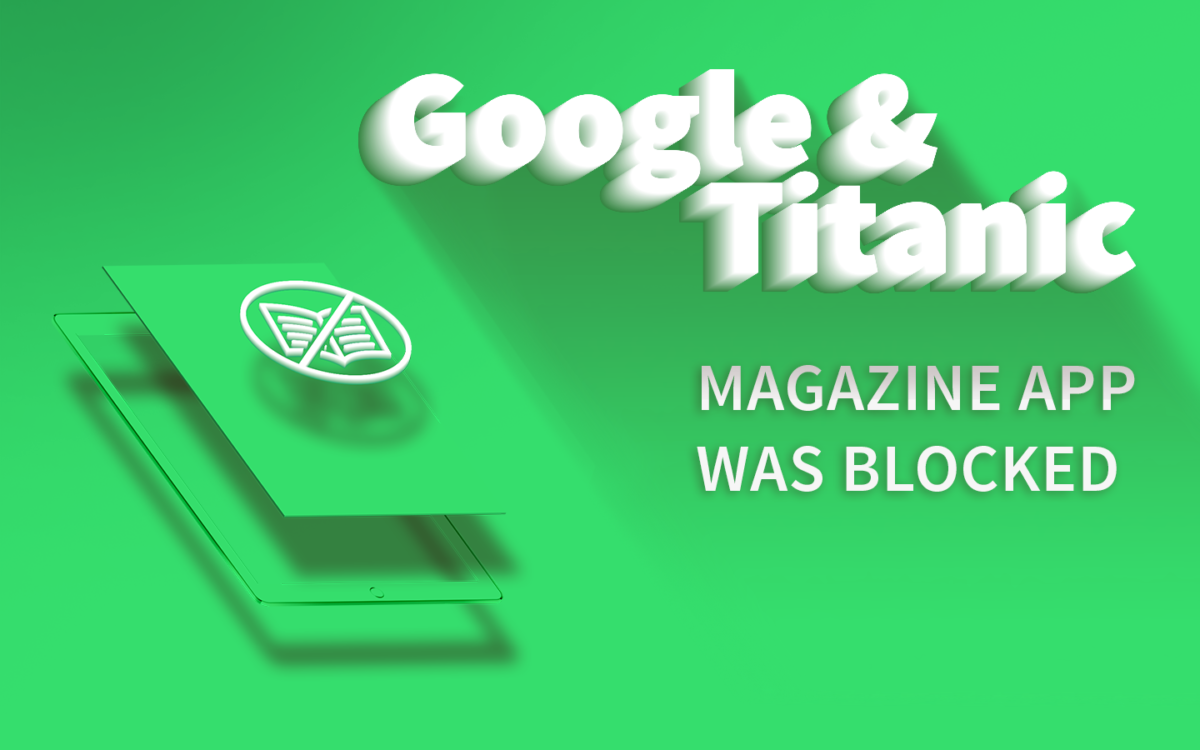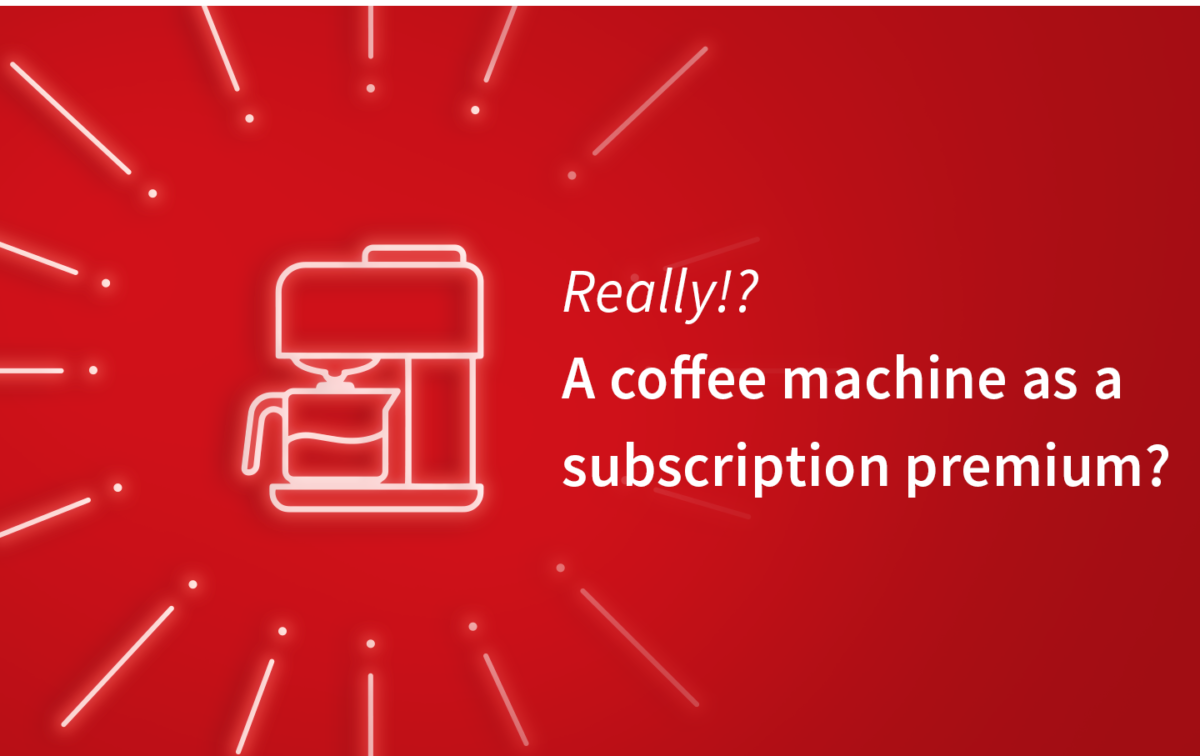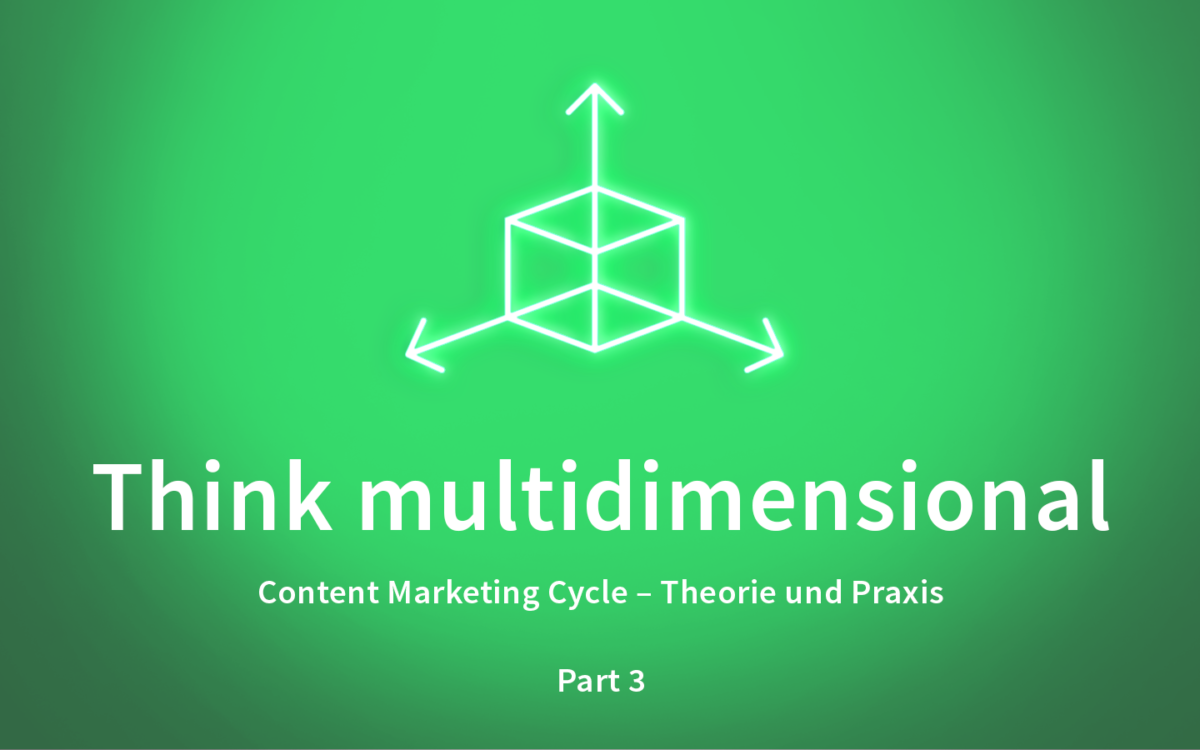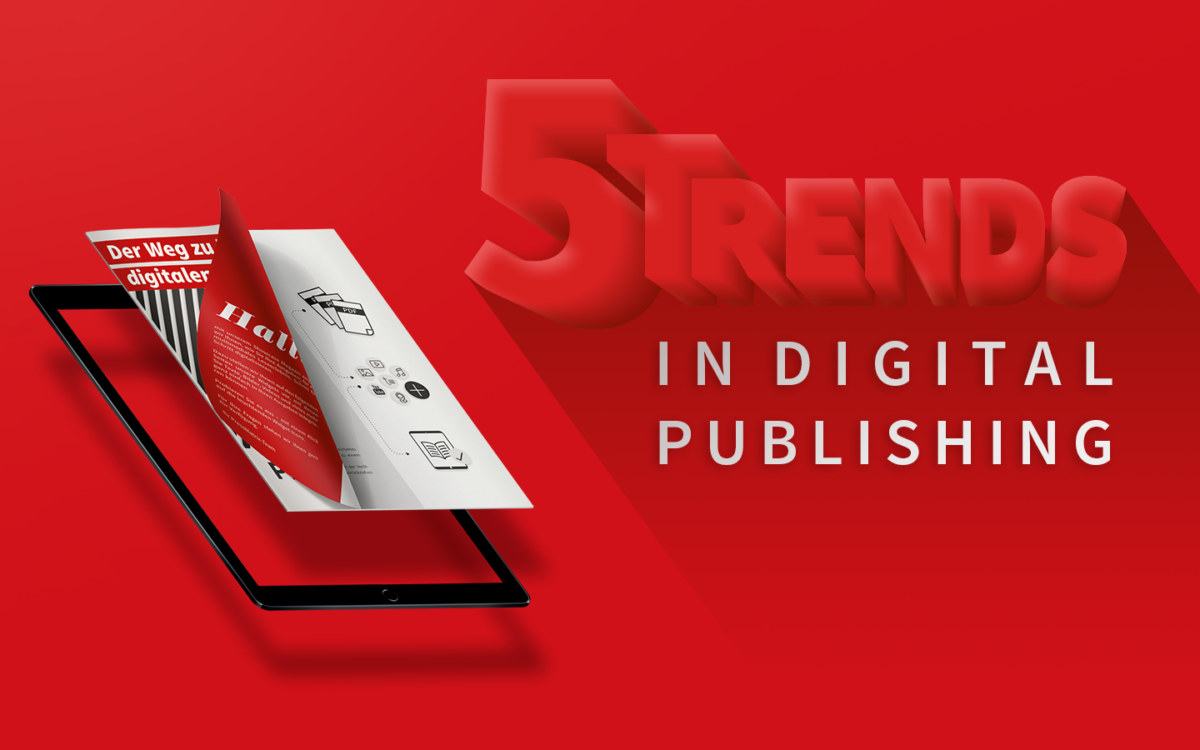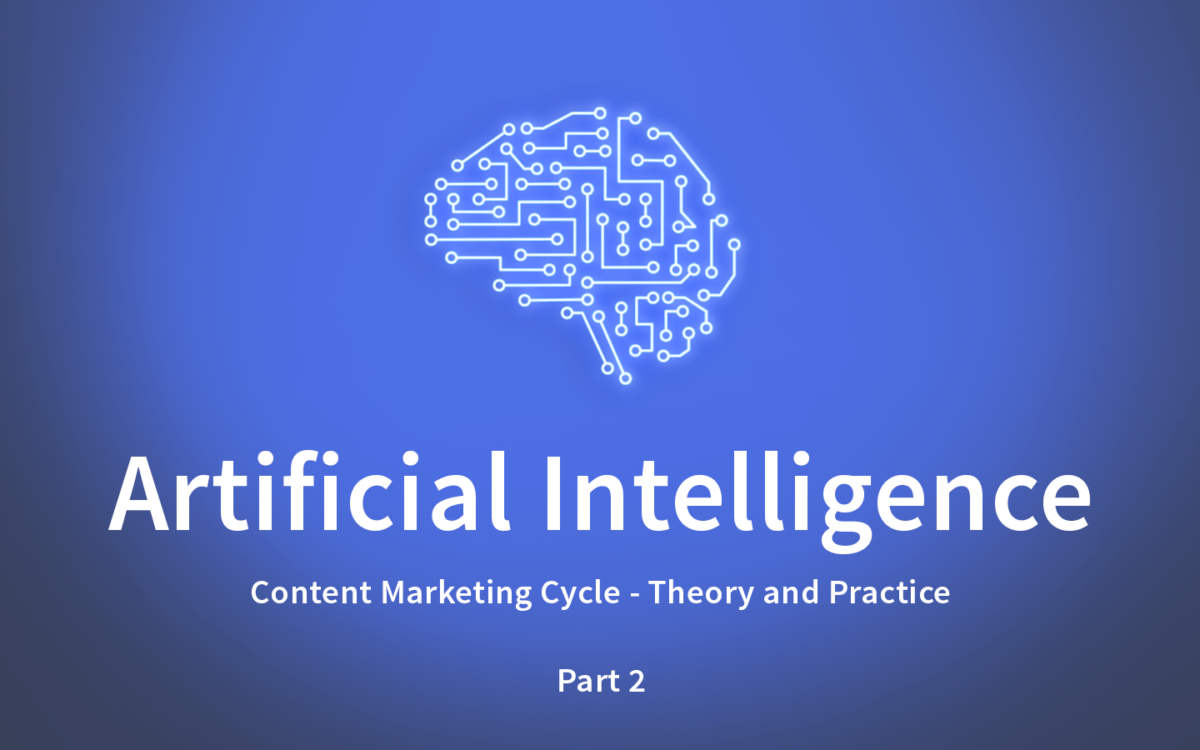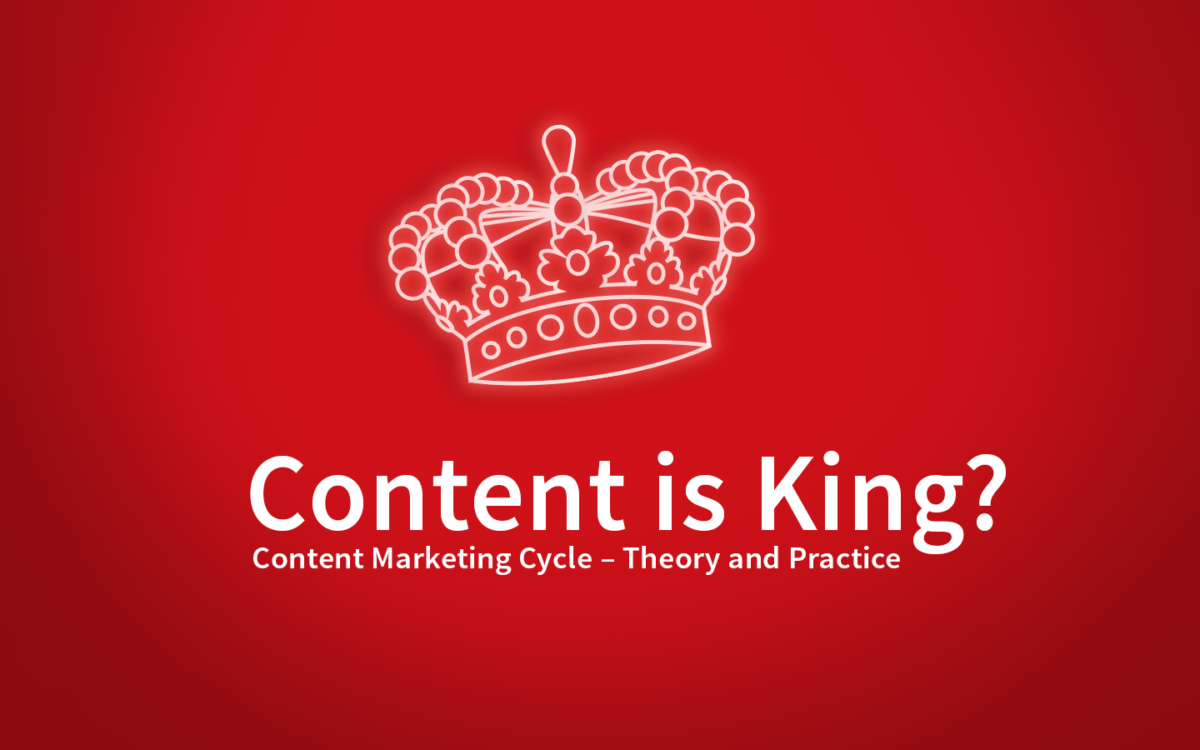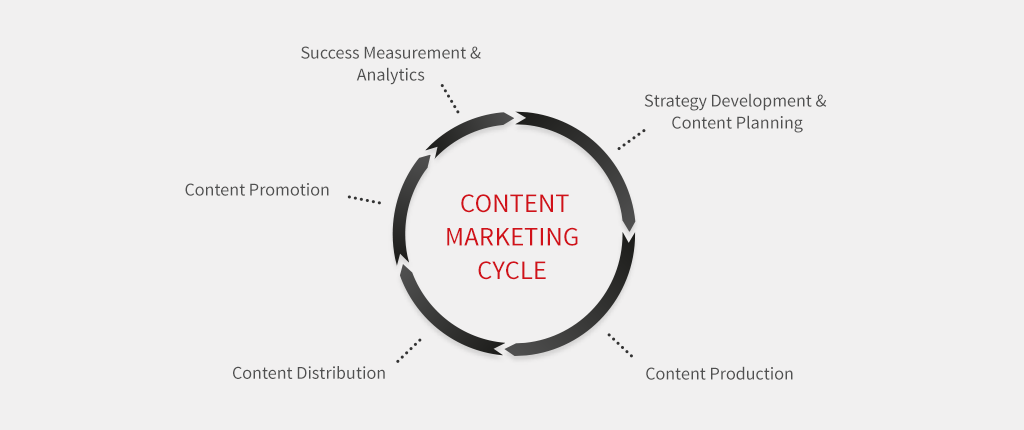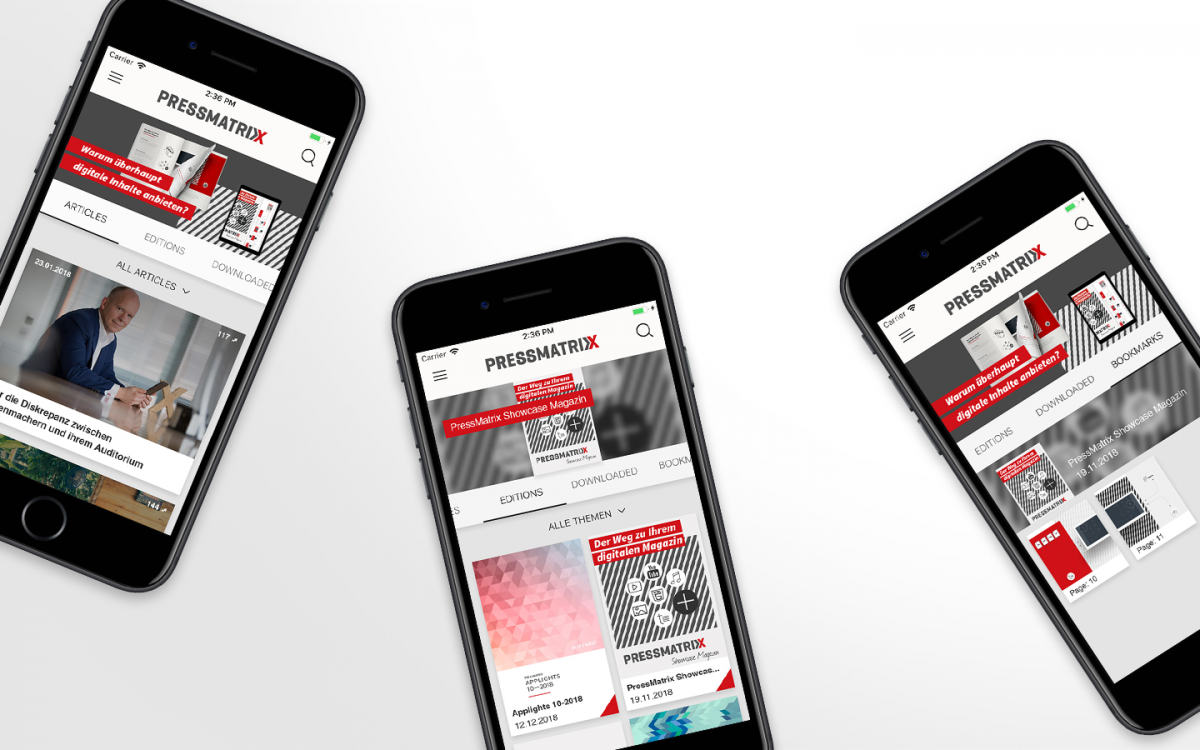When your own subscription management is too rigid and a shop solution too expensive
Print and digital combination subscriptions, the sale of individual items, payment processing and everything that subscription management needs to increase digital sales – the PressMatrix subscription shop system.
Publishers, especially publishers who make their living from subscriptions, need some kind of subscription management. But publishers whose publications aren’t regular or those who offer free publications can also benefit from it. There is a defined process for this in every publishing house. Put very simply, it looks like this: the customer orders a subscription, the request is processed and confirmed, the customer subsequently receives the delivery and an invoice. This process may have proven itself in the print era – but it is far too rigid for the digital age! Further: it even prevents the publisher from making money with their digital offers.
Combine print and digital offers
Digital offers, a magazine app or an edition that can be read in a browser are now standard for many content providers. But that alone is not enough to significantly increase sales in the digital sector. The offers must also be attractive for the target groups, and not just as a digital copy of the previous print strategy. Because – and this is a truism – digital life has also changed the way most people consume content. Classic print subscriptions have been declining for years. People consume their digital media on the go and what draws their attention depends on the given situation. There is a focus on specific themes. Additional formats are often used such as audio, video and social sharing. This calls for new, much more flexible offers.
To get down to brass tacks: in order to increase your digital sales, you need flexible, digital offers – for example, combination subscriptions with which the customer can access both the print and the digital version of their magazine. Or you can offer subscription customers the online full-text archive search. Sell individual articles and issue-independent themed specials in digital format, and in so doing attract further target groups. Expand your payment options in line with the purchase options and let the reader buy what they want: individual articles, content on specific topics, individual issues, quarterly, half yearly or annual subscriptions, with or without archive, or even with the option to switch between options.
Less work, more digital sales:
the PressMatrix subscription shop system
Such flexible, customizable offers cannot be covered by the classic subscription management processes. For medium-sized and smaller publishing houses and content providers, however, professional shop solutions are too expensive and oversized. The PressMatrix subscription shop system is an extension of our digital publishing solution that fills precisely this gap.
The entire sales process is mapped and automated here: As soon as the reader books any kind of digital offer, their data is automatically entered into the system and is immediately activated via a corresponding API interface. The entire payment process is also carried out automatically according to the option booked – from invoicing to payment reminders. Different payment methods can be set just as flexibly as different billing cycles and customer-specific special offers and discounts.
Subscription management means process automation
When taking care of customers, the PressMatrix subscription shop system saves a whole lot of Sisyphean work. At the end of the month (or whenever you specify), a report is generated for financial accounting – and that’s it. If you want, you can provide your customers with a browser-based front-end that readers can use to manage their purchases and subscriptions themselves. The solution also supports sales growth: the various, customizable offers are decisive in the upselling process and at the same time open up new target groups.
In order to automate an established process, technical know-how and process knowledge are necessary. We will be happy to support and advise you on your individual requirements – because every publication is different and deserves tailored treatment for optimal digital success.
Further comments very welcome. We would be happy to discuss your individual requirements and develop digital solutions with you.
